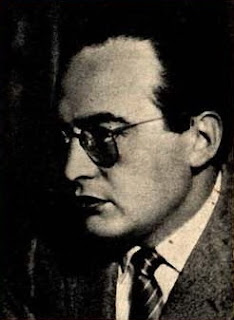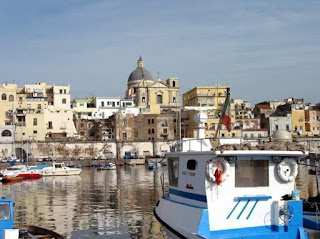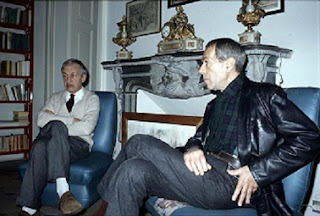Campanian pasta seller helped make Italian cinema famous
 |
| Dino De Laurentiis, pictured in about 1950 |
He made Italian cinema famous internationally, producing Federico Fellini’s Oscar- winning La Strada in 1954 in Rome.
After moving to the US he enjoyed further success with the film Serpico in 1973.
De Laurentiis was the son of a pasta manufacturer for whom he worked as a salesman during his teens.
While selling pasta in Rome in the 1930s he decided on impulse to enrol at the Centro Sperimentale di Cinematografia in the city as an actor.
He quickly realised he had more talent for producing and after gaining experience in the different sectors of the industry made his first film, L’Amore Canta - 'Love Song' - in 1941 when he was just 22.
After serving in the army during the second world war, De Laurentiis became an executive producer at one of Rome’s emerging film companies, Lux.
Among the films he produced for Lux was Riso Amaro - 'Bitter Rice' - starring Silvana Mangano, whom he later married and had four children with. The film was a box-office success both at home and abroad.
 |
| An early publicity poster for the De Laurentiis production La Strada |
In 1950 De Laurentiis and Carlo Ponti formed their own film company and produced Fellini’s La Strada which won the Oscar for best foreign language feature in 1957.
The soundtrack was written by Nino Rota, who scored many of Fellini's films and is also known for the music that accompanied the first two Godfather films.
He moved to the US in the 1970s where he made Serpico starring Al Pacino and Conan the Barbarian, which helped launch the career of Arnold Schwarzenegger.
Although De Laurentiis became an American citizen, he returned to Italy frequently, shooting scenes in Florence for Hannibal in 2001 starring Anthony Hopkins.
De Laurentiis and Silvana Mangano divorced shortly before her death in 1989 and he married Martha Schumacher in 1990, with whom he had another two daughters.
De Laurentiis died in 2010 at the age of 91 at his residence in Beverly Hills.
 |
| The harbour at Torre Annunziata, just outside Naples |
Torre Annunziata, where De Laurentiis was born, is a city near Naples in Campania. Close to Mount Vesuvius, it was destroyed in the eruption of 79 AD and was rebuilt over the ruins. Its name derives from a watch tower - torre - built to warn people of imminent Saracen raids and a chapel consecrated to the Annunziata (Virgin Mary). It became a centre for pasta production in the early 19th century. The Villa Poppaea, also known as Villa Oplontis, believed to be owned by Nero, was discovered about ten metres below ground level just outside the town and is now a UNESCO World Heritage Site.
Travel tip:
The Centro Sperimentale di Cinematografia (Experimental Film Centre) was established in 1935 in Rome to promote the art and technique of film making. It is located near Cinecittà, the hub of the Italian film industry, to the south of the city. Cinecittà was bombed during the Second World War but rebuilt and used again in the 1950s for large productions, such as Ben-Hur. A range of productions, from television drama to music videos, are filmed there now and it has its own dedicated Metro stop.
More reading:
Carlo Ponti - the man who married Sophia Loren twice
Sergio Leone - distinctive style of 'spaghetti western' producer
Sergio Leone - distinctive style of 'spaghetti western' producer
(Photo of movie poster by Pabloglezcruz CC BY-SA 3.0)
Home








